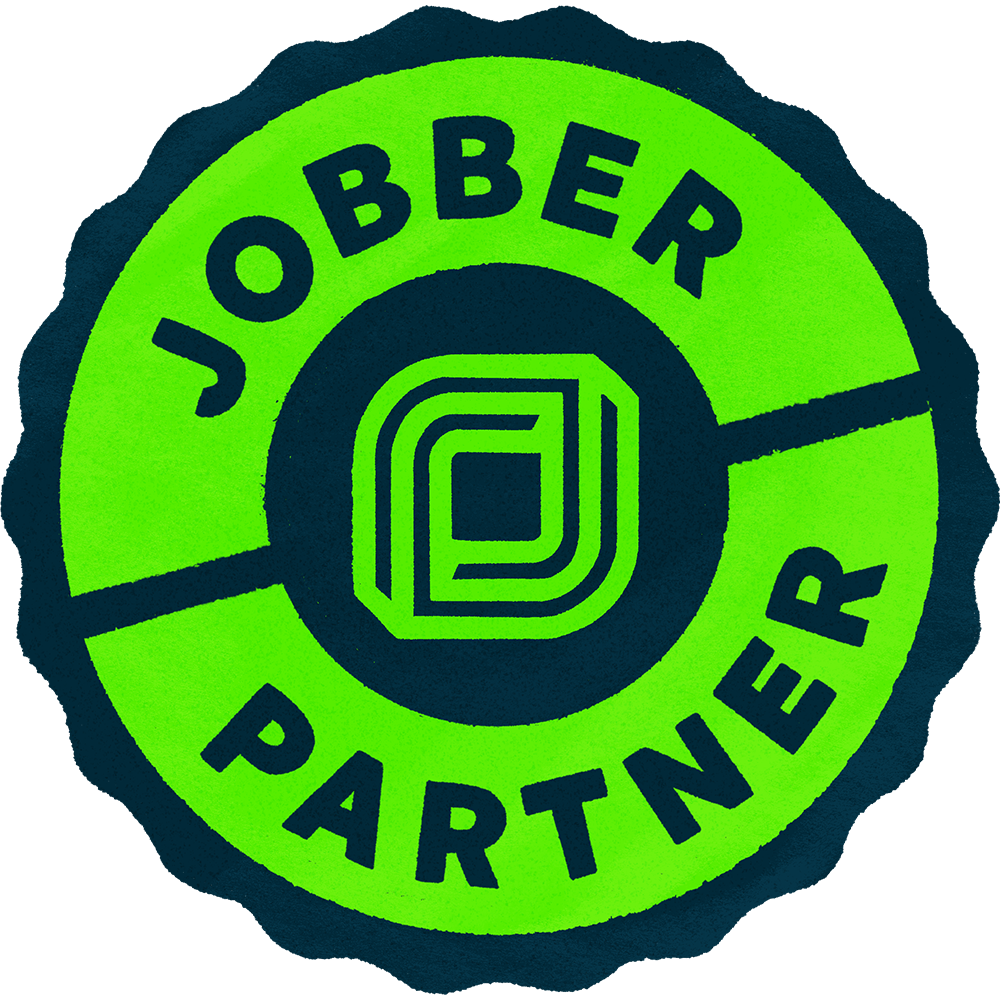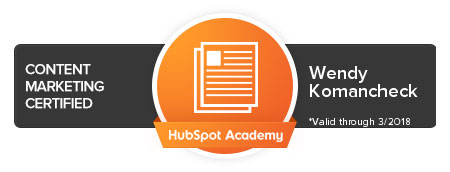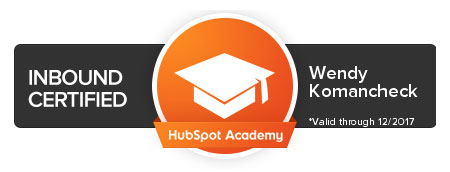How’s Your Green Industry Website’s Know, Like & Trust?

In the content marketing world, “know,” “like,” and “trust” are three characteristics that mark an effective marketer. Did you know that you can incorporate know, like and trust into your blogs and social media?
As a local landscaper, lawn care or home service business owner, you already employ know, like and trust in your community. Word of mouth, the best type of marketing available, is born from your customers knowing you, liking you and trusting you to do a professional job. In return for your hard work, they recommend you to their friends and family.
And yet, you also need to cultivate that type of relationship with the people who visit your website and on your social media channels.
In this article, you’ll learn how to cultivate know, like and trust to get your sales prospects to click on your contact form.
Do Your Prospects Know You?
There are a slew of methods you can use to get noticed. But for the sake of this article, we’ll focus on those characteristics that increase your online profile:
Consistency: To get your name on the map, you need to blog consistently—whether that means once a month or once a week. Make sure your blog topics are what your readers’ need―not what you think they need—and that means knowing who your ideal customer is.
For example, are your customers classified as the upper- or middle-class? Do they need you to put fertilizer on their lawns, and they’ll do the rest, or do they need you to do all of their yard work, from fertilizing and weed control to mowing their lawns? You need to deliver blogs, videos and other content to them on a regular basis so they can get to know you.
Sharing across social media: You need to be where your customers hang out. For example, if your ideal customers hang out on Facebook and Instagram, you need to develop your presence on those social media sites. To entice new followers to click on your contact button, run a lawn care special or another type of incentive.
Responding: Make sure you’re responsive to your audience. If you get more clicks on your contact button make sure you respond in a timely manner. And if someone complains about your business on social media, don’t ignore it, but try to fix the problem.
Read this blog post to see how you can connect your blog to your social media.
Do your readers like you?
Your content is relevant: You know your area’s specific problems and you blog about these issues. For example, if you and your customers live in a transitional zone, and it’s hard to grow grass, you blog about weed control and proper lawn maintenance. Or if you live in an area that’s made up of sandy soils, you blog about lime applications and other soil amendments. If you and your customers live in a flooding zone, you may post about drainage issues and how you can fix them.
Your content focuses on helping your customers solve their problems: Before you put your call-to-action in place, you need to give your readers some DIY ideas that they can do on their own. Granted, your readers may not employ any of these ideas, but at least you’re empowering them to make that choice.
For example, you may need to remind them that good lawn maintenance requires raising the mower blades, so they only take a third off the top of the grass when they mow, or that they should set their sprinkler system timers for early morning irrigation.
You don’t talk down to them: People are busy, and the majority of folks don’t want to know the nitty-gritty of a solution. You want to tell them the basics—but don’t feel you need to use a lot of jargon or technical turf talk. “Just the facts” is what they need and want.
Even though I wrote this blog post in 2017, it’s still relevant for 2018!
Do your readers trust you?
Do you publish consistently? You may not have time to post every day or even every week. But can you post every other week?
Consistency also includes posting for the majority of the year. Just because the mower is put away and a hard frost has put lawn grass into dormancy doesn’t mean you should stop blogging or adding content to your social media channels.
You may want to cut down during the winter since people have their minds on the holidays, but that doesn’t mean you go dark until March or April.
Are you active on social media? You should be active on social media. Again, where do your ideal customers hang out? If it’s on Twitter, then you should be on Twitter. If it’s LinkedIn, you should be on LinkedIn. For your company page, make sure you’re posting tips, tricks and hacks to your prospects.
And it doesn’t have to be about lawn care or landscaping for 12 months of the year. For example, I saw a lawn care company share a recipe on Twitter, and it’s totally appropriate because it’s close to the winter holidays. Nobody is talking about grubs or green yard grass right now. Spice it up and make it fun.
Look at your content through your customers’ eyes: If you were a homeowner, would you feel that your biggest lawn care and landscape problems were addressed on your website’s blog? If you were a potential customer, do you feel as though your company cares about that sales prospect?
Sometimes, social media and blogging may feel a bit “touchy-feely,” but that’s what the current market is looking for—companies that take a more personal, compassionate approach to their marketing. If your readers and followers feel that they know, like and trust you, they’ll click on that hyperlink that leads them to your contact form.
If you’re a busy lawn care, landscaping, or home service business, and you don’t have time to craft a blog or social media content to reach your local audience, call me at the Landscape Writer today, 717-381-6719, email me at wendy@landscapewriter.com, or fill out my free consultation form.
Source:
El Morshoy, Georgina, “30 Ways to Build ‘Know, Like and Trust Factor that Grows an Audience,’” Copyblogger.com: January 16, 2013.







